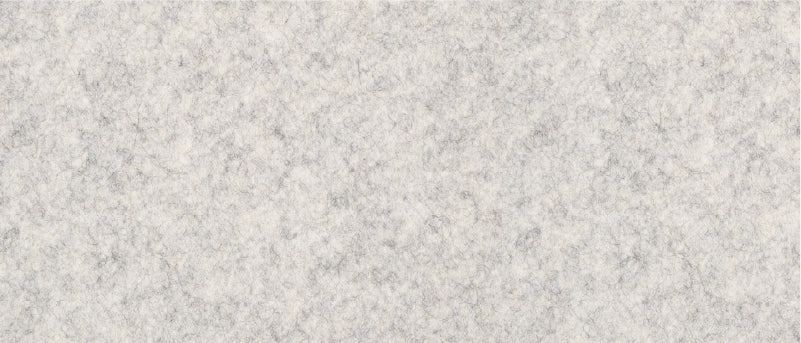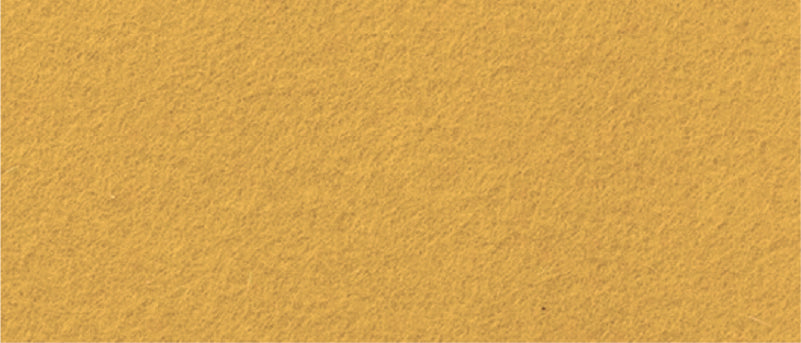
Merino wool is the cornerstone of our brand—celebrated for its versatility, sustainability, and unmatched quality. At Graf Lantz, we champion this exceptional material for its elegance and performance in everyday designs.

The Merino Wool Difference
Merino wool is nature’s high-performance fiber. It’s soft to the touch yet durable, naturally moisture-resistant, and built to handle whatever life throws its way. With its inherent breathability and insulating properties, Merino wool is perfectly suited to create products that work in every season and setting.
Strength Meets Style
Merino wool isn’t just beautiful—it’s built to last. It resists wear and tear, is naturally odor-repellent, and stays looking and feeling fresh over time. Our products made from Merino wool blend form with function, designed to elevate the everyday without compromising durability.
Sustainably Made
We take pride in using Merino wool because it’s renewable, Oeko-Tex® Certified, biodegradable, and environmentally friendly. Sourced with care, it reflects our ongoing commitment to sustainability and craftsmanship. Every Merino wool product is a step towards a more mindful, eco-conscious lifestyle.
Discover the Collection
Whether it’s for your home or your travels, our Merino wool is made to inspire. Explore handcrafted materials throughout our bags, tabletop, home & workspace collections—each thoughtfully curated to bring enduring quality, effortless style and luxury to your everyday life.
Take a closer look at more benefits of Merino wool:
Wicking that Works
Nature knows best: Merino felt excels at managing moisture. Wool is naturally hydrophilic, absorbing up to 30% of its weight in moisture without feeling damp. Merino felt pulls moisture away from the surface, wicking it through air pockets within the fibers, and evaporates it quickly—keeping your items comfortably dry.
Stain & Dirt Resistant
Merino wool felt naturally resists stains. During dyeing, fibers are sealed, creating a protective barrier. Stains often aren’t stains at all but residue caught between fibers. A quick spot clean with mild soap, warm water, and gentle massage removes most marks, with drying aided by Merino’s natural wicking.
Lightweight
Merino felt is strong but surprisingly lightweight. Its spring-like fibers create small air spaces, giving volume without extra weight. This unique structure keeps felt light yet durable, providing substantial functionality without bulk.
Strong & Durable
Built to last, Merino felt’s fibers are flexible and resilient, bending 20,000 times without breaking. Withstanding heat up to 300°F and extreme cold, Merino felt is a natural powerhouse that’s water-safe, color-rich, and even helps neutralize formaldehyde. It’s nature’s own high-performance textile.
Soft & Scratch-Free
Unlike coarse wool, Merino’s ultra-fine fibers feel soft against the skin, flexing gently instead of scratching. Its naturally thin fibers bring softness that’s itch-free and comfortable for everyday use.
Odor Resistant
Merino wool’s natural antibacterial and antimicrobial properties keep it fresh with minimal washing. Its fibers contain acids that inhibit mold, mildew, and bacteria growth, making it an ideal, low-maintenance choice.
Sustainable & Renewable
Merino wool is renewable, biodegradable, and recyclable. Sustainability isn’t only about sourcing but about longevity; items built to last mean fewer replacements, aligning with our “less is more” philosophy.
Oeko-Tex® Certified, Non-Toxic Dyes
Graf Lantz felt is dyed with Oeko-Tex®-certified, non-toxic dyes. This ensures vibrant color without harmful chemicals—no residue, no odor, no worry.
Great for All Seasons
Merino felt is as versatile as it is durable. While wool is often seen as a winter textile, Merino felt adapts to every season, offering comfort year-round. So, whether for warmth or breathability, it’s suited for nearly any occasion.
Cleaning & Care
At Graf Lantz, functionality comes first, so every material we use is carefully chosen for its low-maintenance, easy-care nature. Rest assured—our designs are made to keep up with you.













